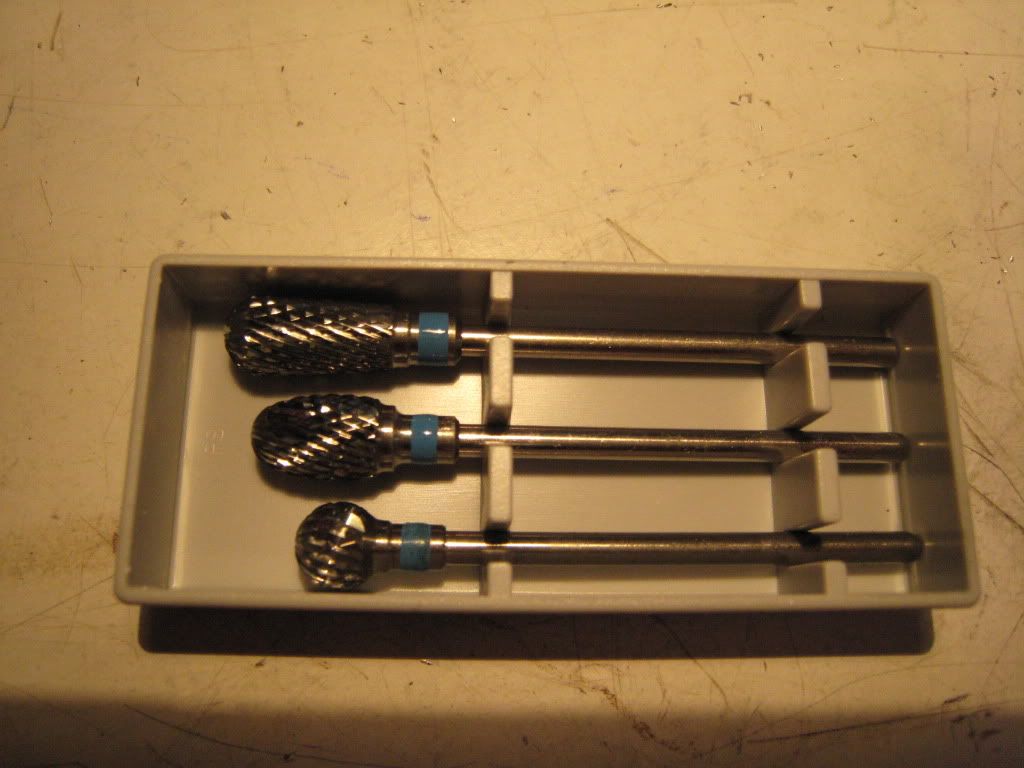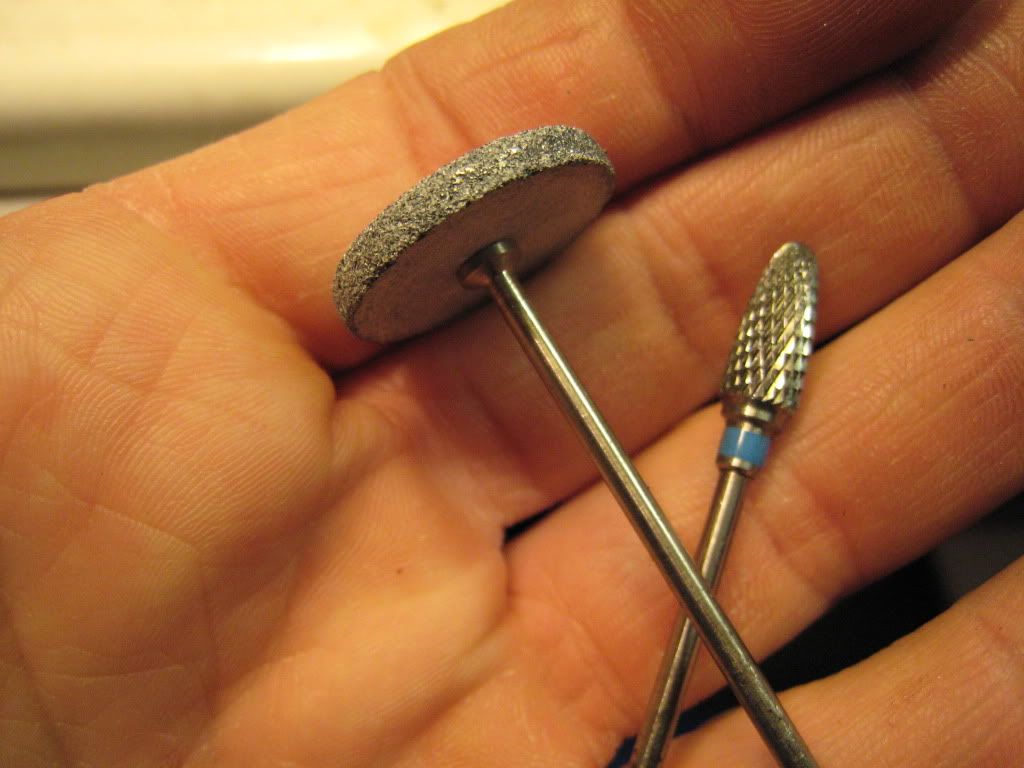bjorn773
ArboristSite Operative
I just received my aftermarket 346 P&C today. The transfer port castings in the cylinder leave a lot to be desired. I can only think of two ways to tackle this.
One, get some sort of 90 deg. adapter for my dremel. The model I see advertised is way too big to handle this delicate task.
Two, use a very small abrasive wheel. The wheels I have are 1 inch diameter, so I may have to grind them down a bit to get into the port. What do you guys use?
One, get some sort of 90 deg. adapter for my dremel. The model I see advertised is way too big to handle this delicate task.
Two, use a very small abrasive wheel. The wheels I have are 1 inch diameter, so I may have to grind them down a bit to get into the port. What do you guys use?































































